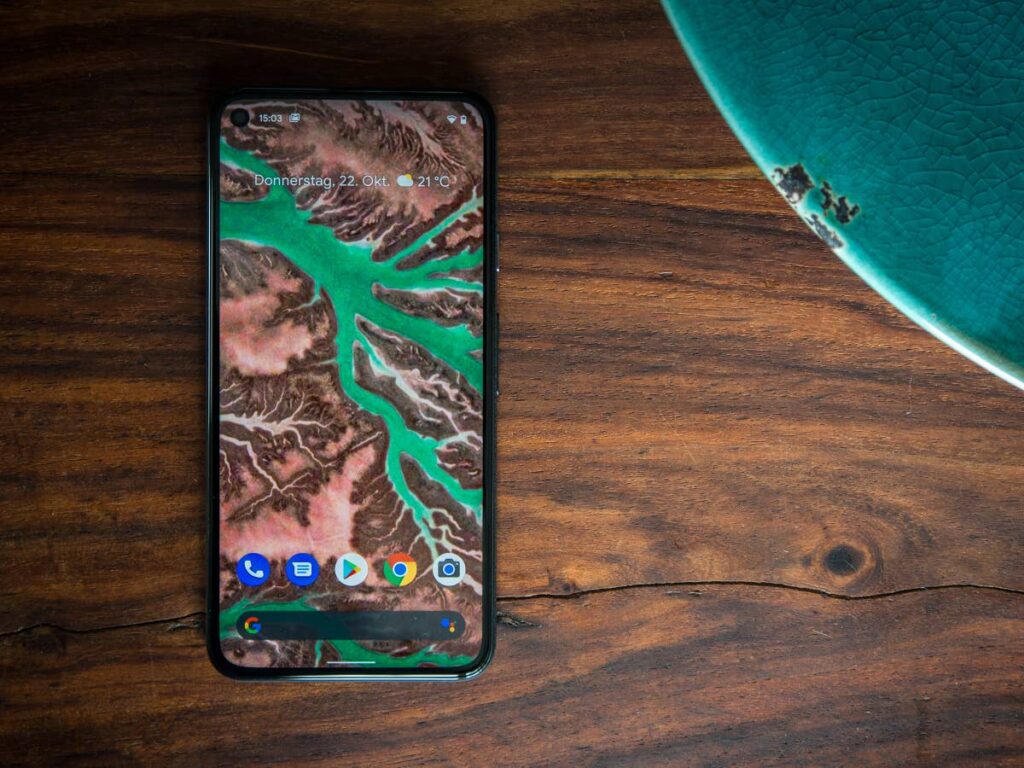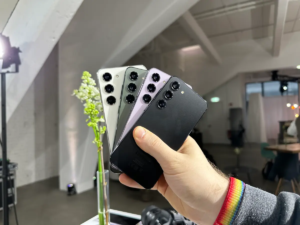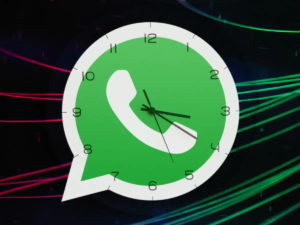Whether from Samsung , Xiaomi or Sony : If you bought a new cell phone with Android, the setup follows. You should note a few points. Like: Do I allow Google to collect diagnostic data? Is a Google account even mandatory? We’ll tell you.

TABLE OF CONTENTS
1-Select language, agree to terms of use and insert SIM card
2-Set up as a new smartphone or import data
3-Connect to WiFi
4-install updates
5-Set up a Google account or sign in with a Gmail account
6-Agree to terms of use and privacy policy
7-Send initial settings, usage and diagnostic data
8-thActivate Google Assistant
9-Set up manufacturer account
10-Set up device protection
11-Install Android apps
When you turn on your new Android phone for the first time, you will be guided through a setup process. Basically, everything is self-explanatory, but there are pitfalls that you should be aware of. inside digital names all the important points, gives tips on what to look out for and what is hidden behind the options and settings.
SELECT LANGUAGE, AGREE TO TERMS OF USE AND INSERT SIM CARD
After you turn on your new Android phone, it will guide you through the setup process. First you have to select the language, agree to the terms of use and insert your SIM card . Problems can already arise here if the SIM card has different dimensions than the card slot of the new smartphone can accommodate. By the way, you cannot refuse the terms of use. The setup process then does not continue.
SET UP AS A NEW SMARTPHONE OR IMPORT DATA
If you already owned an Android device or an iPhone before buying the new cell phone, the second step is to transfer data from the old smartphone. In addition, you can synchronize data with the Google cloud – provided, of course, that the old Android smartphone was connected to the Google cloud. If you don’t want to switch or transfer personal data, you can start from scratch and set up the Android device without imported files.
CONNECT TO WIFI
The third step is to connect the new Android device to a WLAN . An internet connection is required so that the smartphone can connect to a Google account.
INSTALL UPDATES
Once the smartphone has connected to the Internet, the next step is to check whether there are any software updates to install. However, this step is not done on every phone. This is the case with smartphones, such as those from Huawei or Honor .
SET UP A GOOGLE ACCOUNT OR SIGN IN WITH A GMAIL ACCOUNT
If you already have a Google account including a Gmail address, you can register in the next step. Newcomers to the universe of the global corporation must first create an account in order to be able to download apps from the Google Play Store or use various Google services. When you register, your phone guides you through the setup process.
After you have selected your email address, you must now enter your birthday and a password. You should make a note of the latter somewhere. Because even if you don’t send and receive your e-mails via Gmail, but via alternatives such as Web.de or GMX, you will need it again at the latest when setting up your next cell phone. You can create another email service such as Yahoo Mail after setup.
AGREE TO TERMS OF USE AND PRIVACY POLICY
In order to be able to use the new Android cell phone including apps, you must agree to the terms of use and the data protection declaration in the sixth step.
SEND INITIAL SETTINGS, USAGE AND DIAGNOSTIC DATA
In the seventh step you have to make the first settings. These are already activated by default, but can be deactivated. The first is to use Google Drive. If you leave the option active, data such as apps, call logs, contacts, device settings, WiFi passwords and SMS messages will be backed up in the Google cloud. This is especially beneficial if you switch to a new Android smartphone at some point in the future. All this data is then synchronized with the new phone.
The second option gives apps and services location access via GPS . If you read the small print here, you will find that anonymized location data is also sent to Google when the option is activated. You can also switch this option on and off later in the phone settings.
If you want to extend the battery life of your cell phone, you can deactivate this and the following option “Allow WLAN search”. The latter ensures that apps are also on the lookout for Wi-Fi when the Wi-Fi connection is switched off. Finally, you can disable the option that the smartphone uses to send usage and diagnostic data to Google and app developers.
ACTIVATE GOOGLE ASSISTANT
If you set up your Android smartphone as a new device and do not synchronize data from another smartphone or set up an existing Gmail account, you can activate the Google Assistant in the eighth step. Everyone else skips this point and continues at step nine.
SET UP MANUFACTURER ACCOUNT
In the ninth step, the Android phone asks if you want to set up a manufacturer account. Depending on the manufacturer, different data is synchronized with the provider’s cloud. With Huawei and Honor (Huawei ID) it is services such as photos, contacts, music or designs. You can also skip this step and use it later if necessary.
SET UP DEVICE PROTECTION
If you want to protect your new Android phone from being accessed by others, you can activate device protection in the tenth step. If the smartphone has a fingerprint sensor, the fingerprint ID can be set up here. When unlocking the device, it will then ask for your fingerprint before you can access the data. Alternatively, a password can be set or – if the smartphone offers it – the unlocking method via face scan or Face Unlock.
INSTALL ANDROID APPS
In the eleventh and last step, the Android smartphone asks during the setup process whether you want to install apps. But that is not the rule. Not all manufacturers require this step in order to be able to use the mobile phone. You can also download and install your favorite apps later from Google Play . Android is now set up and you can use your new smartphone. This is exactly how it works with a new tablet that runs Android as the operating system.


